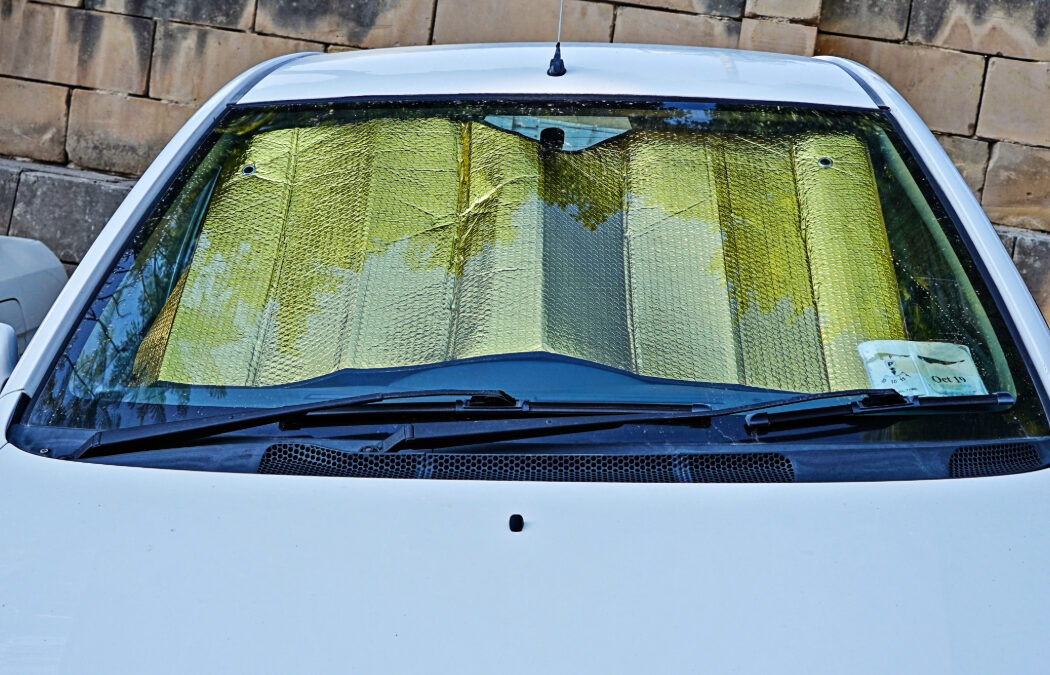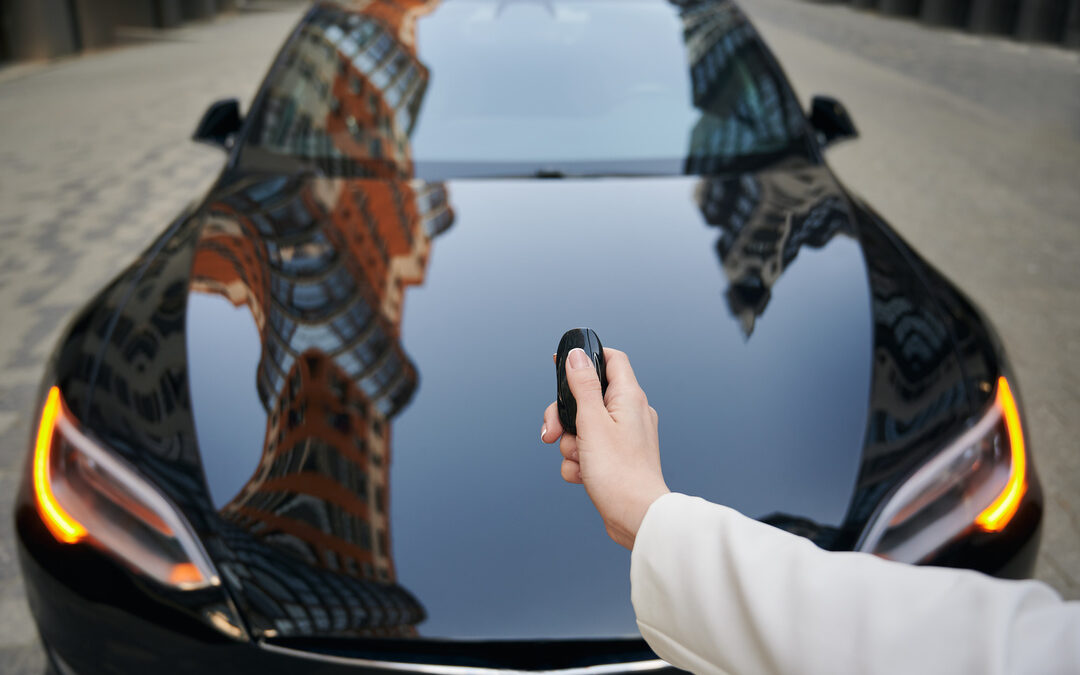Window tinting is one of the most popular car modifications out there—but in Massachusetts, it comes with strict legal limits. Whether you’re going for privacy, protection from UV rays, or just style, you’ll want to make sure your tint meets the state’s legal standards before you get pulled over or fail an inspection.
This guide breaks down everything you need to know about window tint laws in Massachusetts, written in plain English—no confusing legal codes.
What Does Massachusetts Law Say About Tint?
Massachusetts regulates car window tinting under M.G.L. Chapter 90, Section 9D, and the key details come down to visible light transmission (VLT)—which is how much light your tint lets through.
Here’s what’s allowed:
- Front Side Windows: Must allow more than 35% of light in.
- Back Side Windows: Also must allow 35%+ VLT.
- Rear Window: Same rule—35%+ VLT required.
- Windshield: Tint is only allowed on the top 6 inches, or above the AS-1 line, whichever is higher.
- Reflectivity: Tint must not be more than 35% reflective.
- Restricted Colors: Massachusetts does not ban any specific tint colors.
What’s the AS-1 Line?
The AS-1 line is a manufacturer marking on most windshields. It usually sits a few inches below the top. Tinting above that line is legal. Tinting below it? That’s likely to get flagged.
What Happens If Your Tint Is Too Dark?
If your tint doesn’t meet the legal standard, you could:
- Fail your annual inspection
- Be ticketed by law enforcement
- Be required to remove or replace the tint
Shops that install illegal tint may not face penalties—but you will.
Medical Exemptions Are Available
Massachusetts does allow exemptions for certain medical conditions (we’ll cover this in a separate article). You’ll need documentation and approval from the RMV.
Tips to Stay Legal
- Ask your tint installer to show you the VLT rating of the film.
- Avoid DIY tint kits unless you’re sure they meet Massachusetts standards.
- Keep your exemption paperwork (if applicable) in the glovebox in case you’re pulled over.



0 Comments